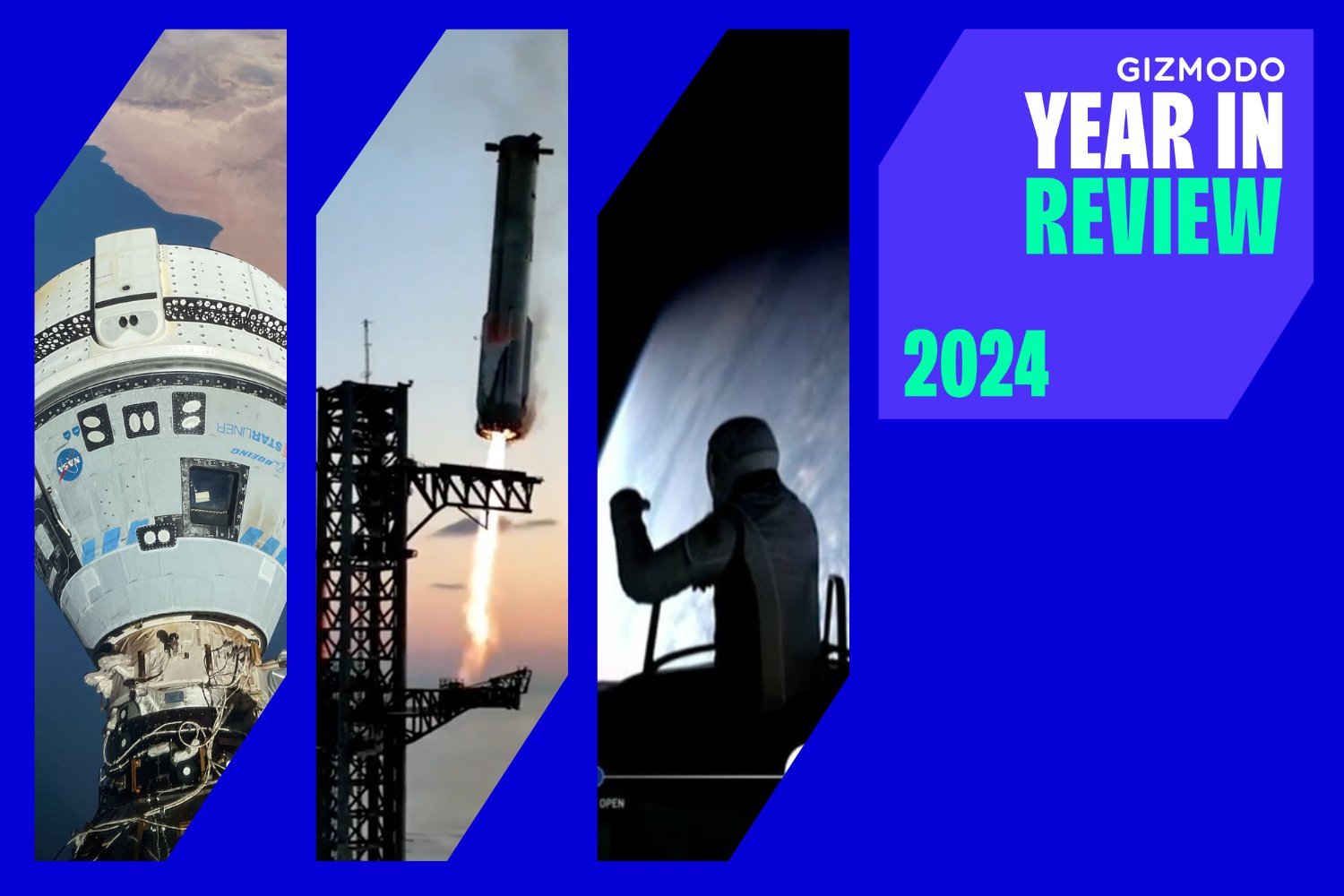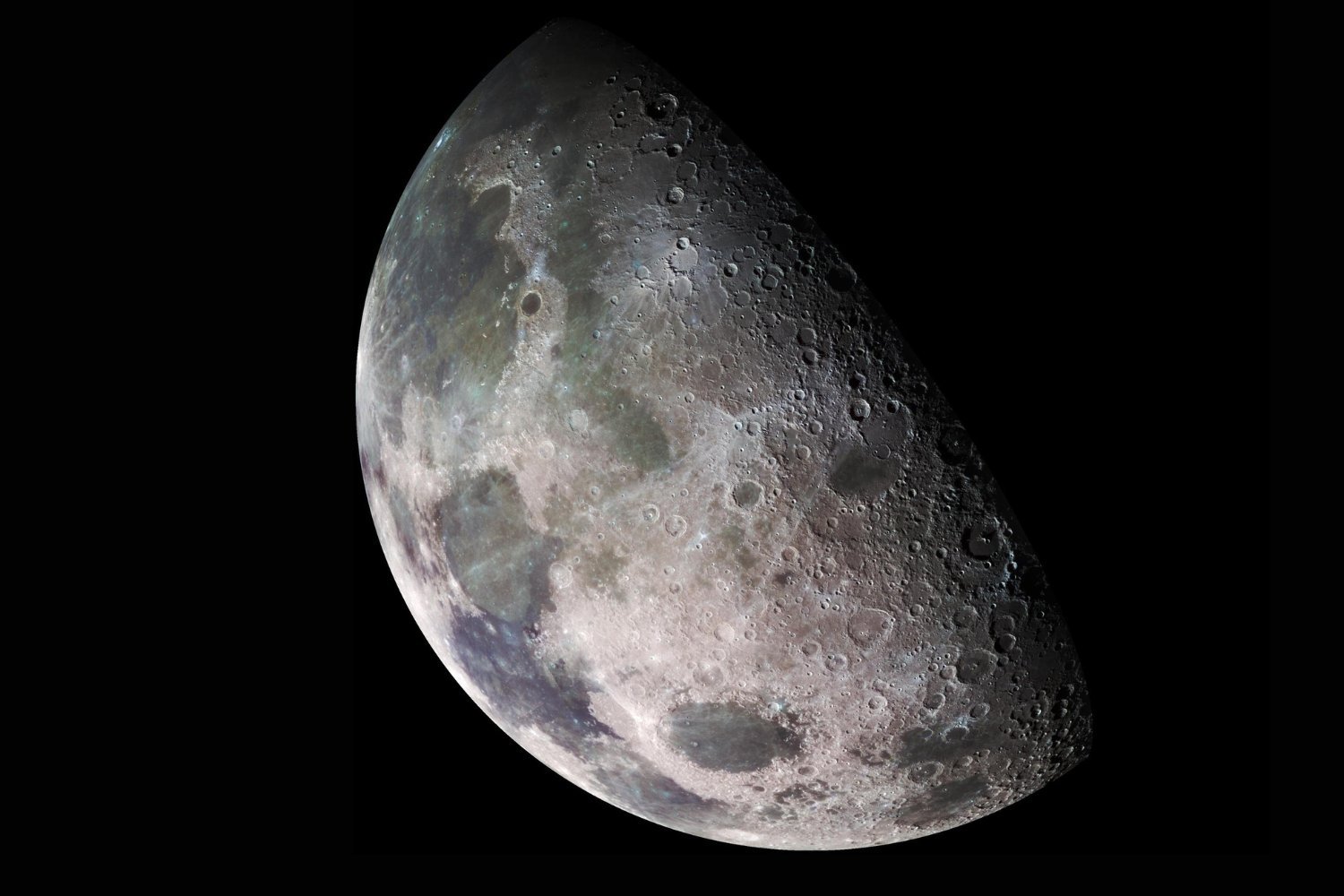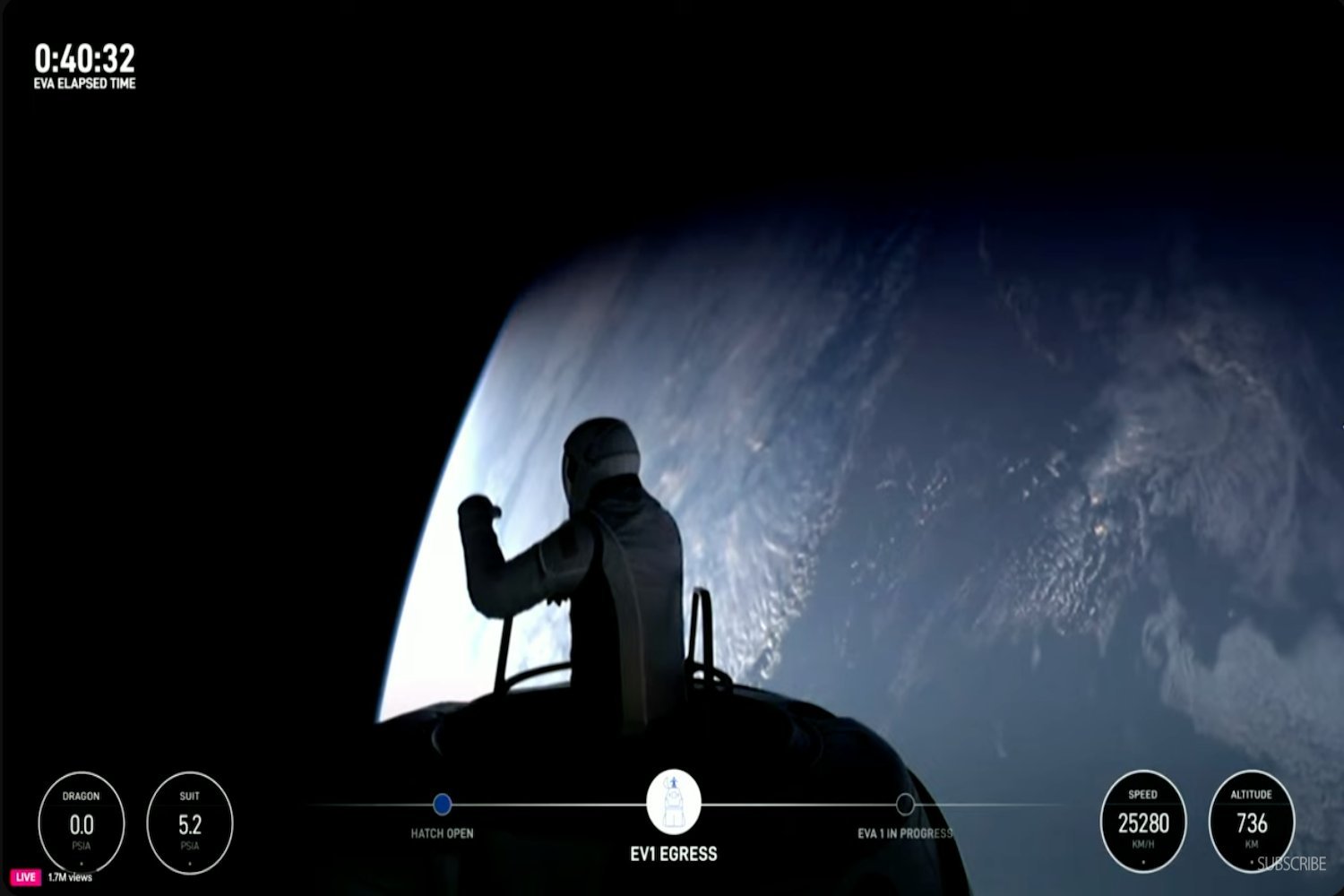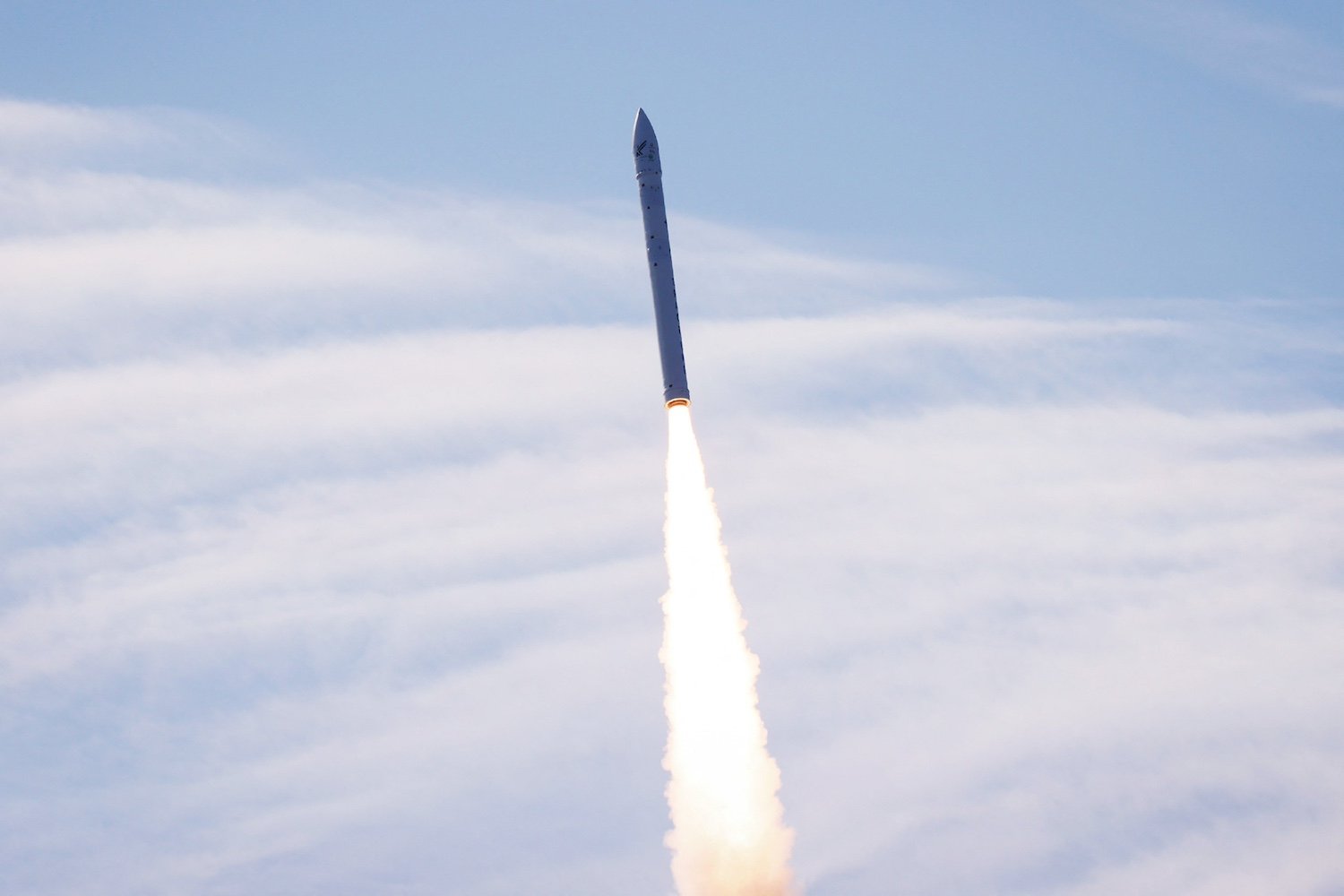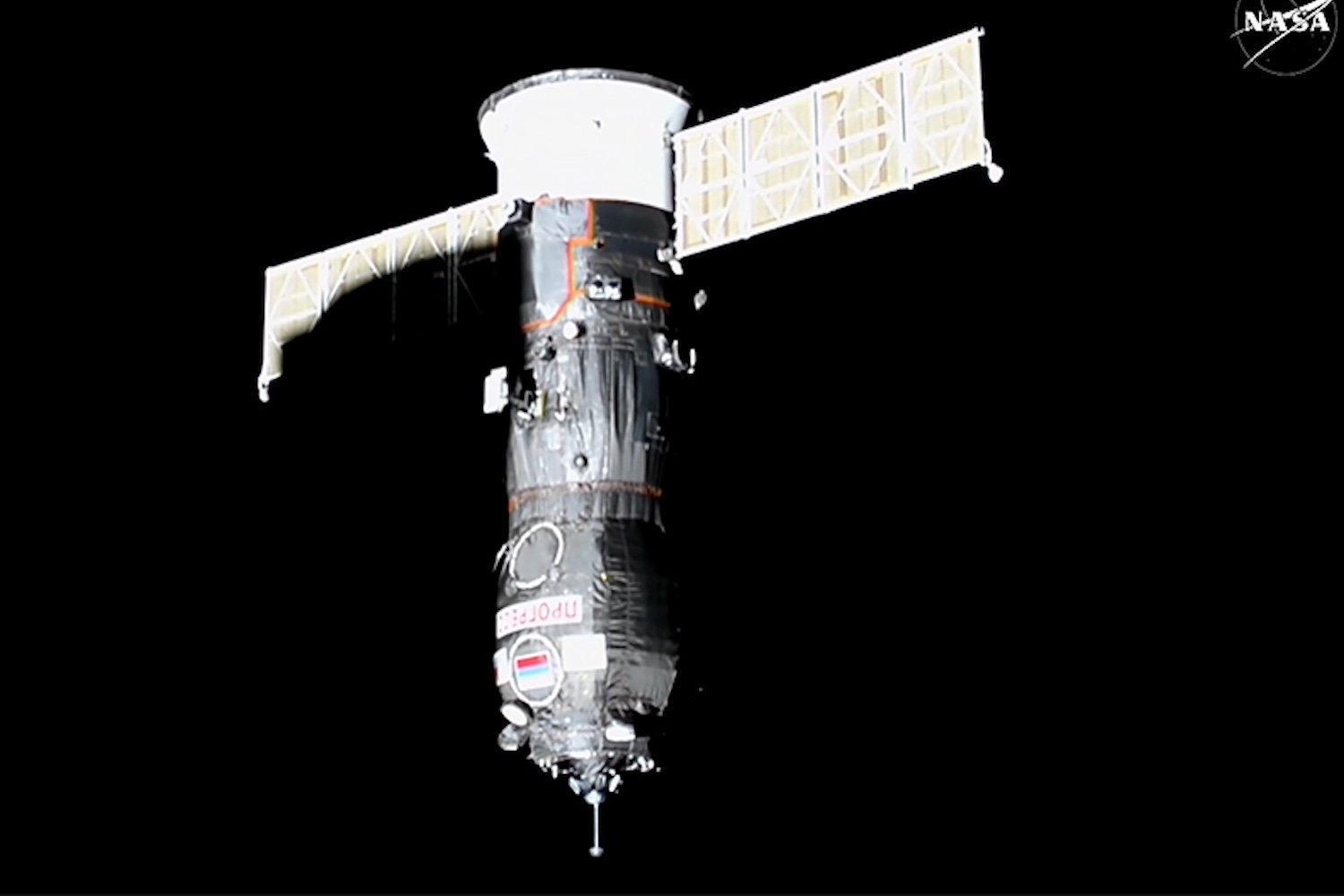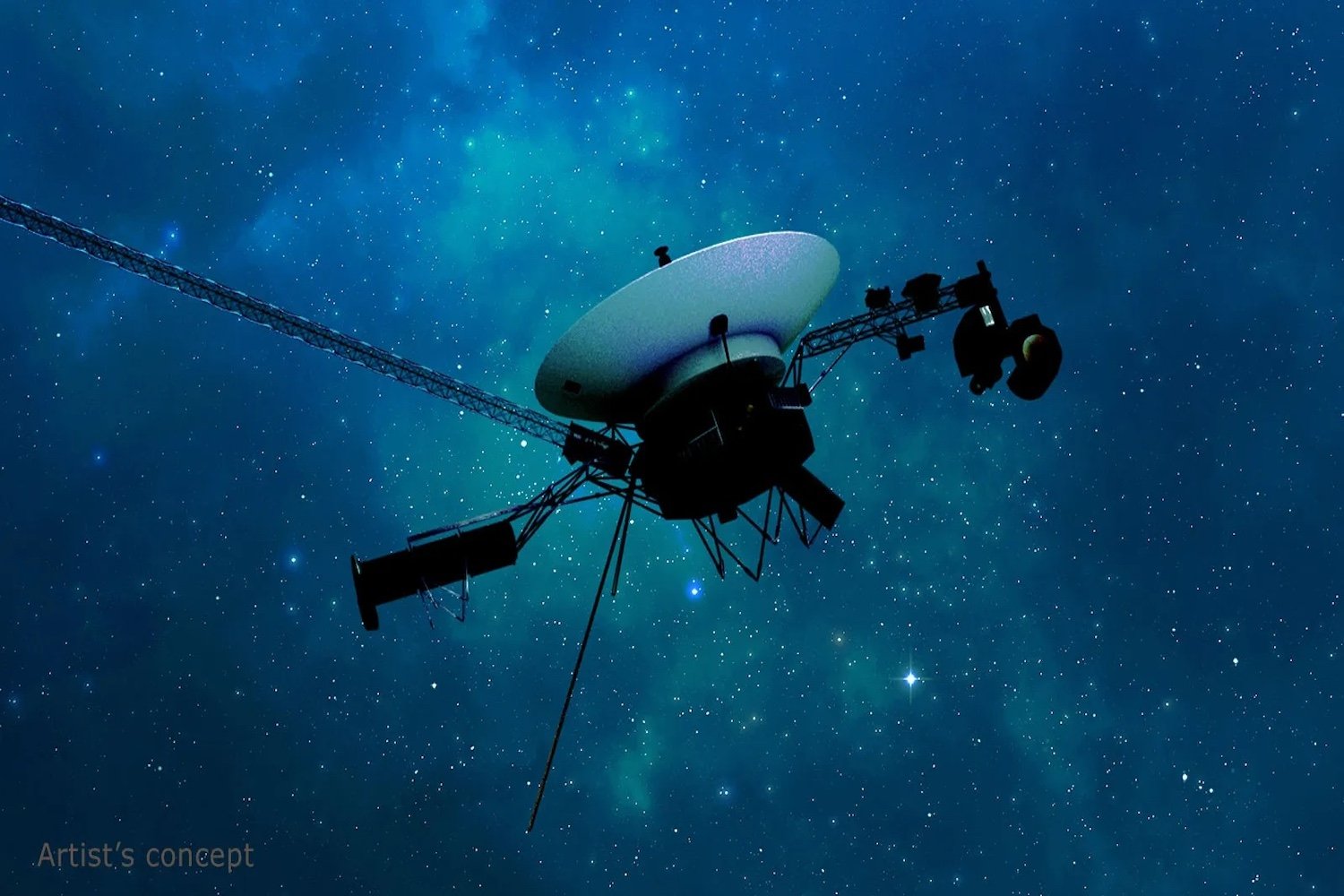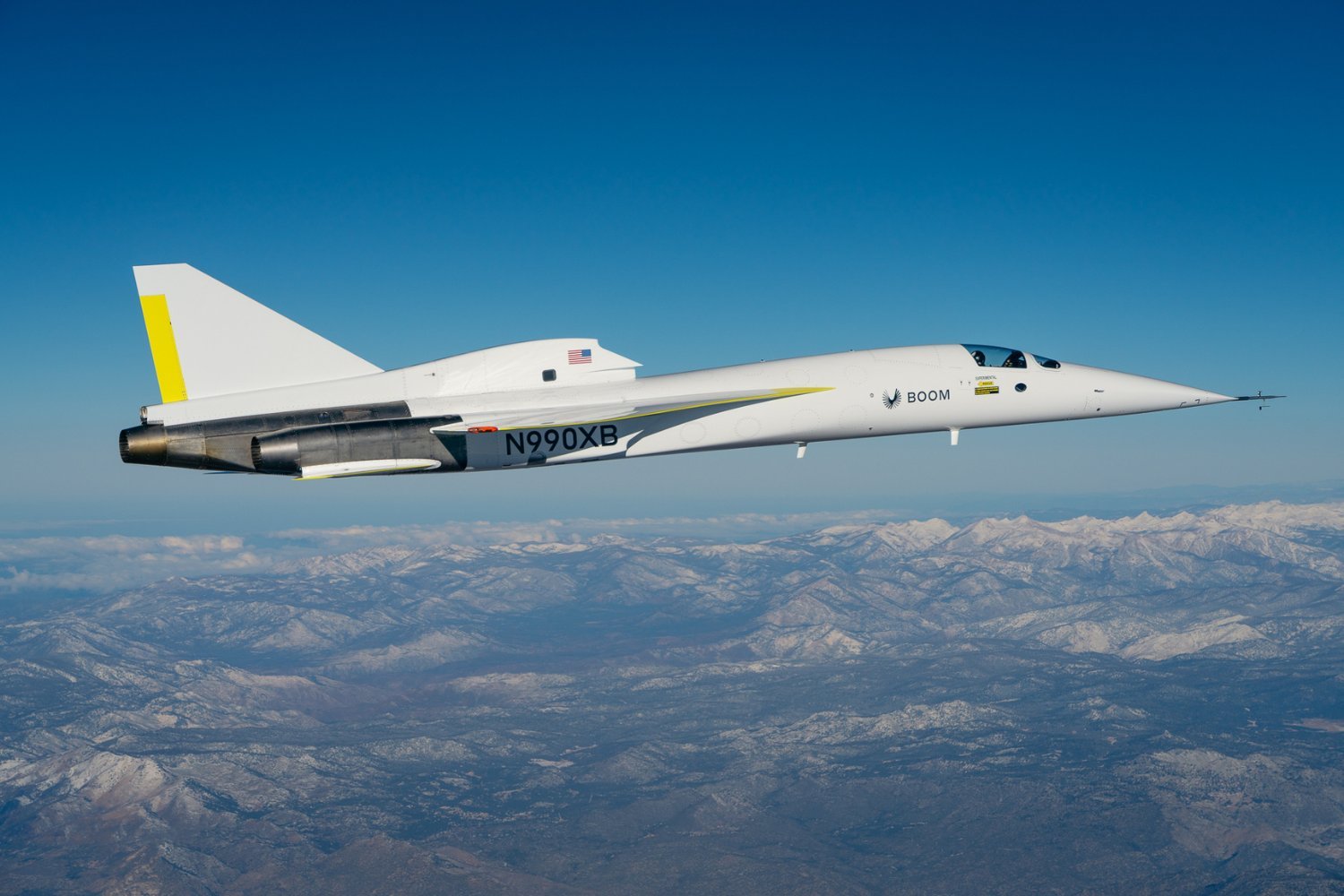The private space industry experienced a turbulent 2024, marked by significant achievements and disheartening setbacks. While some companies reached major milestones, others struggled to meet expectations. This year has been a crucial test of the industry’s growing role in space exploration, from lunar landings and ambitious spacewalks to the development of groundbreaking launch technologies.
Boeing’s Starliner: A Rocky Road to Orbit
After years of delays, Boeing’s Starliner spacecraft finally embarked on its inaugural crewed test flight, aiming to fulfill a long-standing contract with NASA to transport astronauts to the International Space Station (ISS). Launched on June 5th with NASA astronauts Butch Wilmore and Suni Williams onboard, the mission encountered difficulties docking with the ISS due to thruster failures and helium leaks, some of which were known prior to launch.
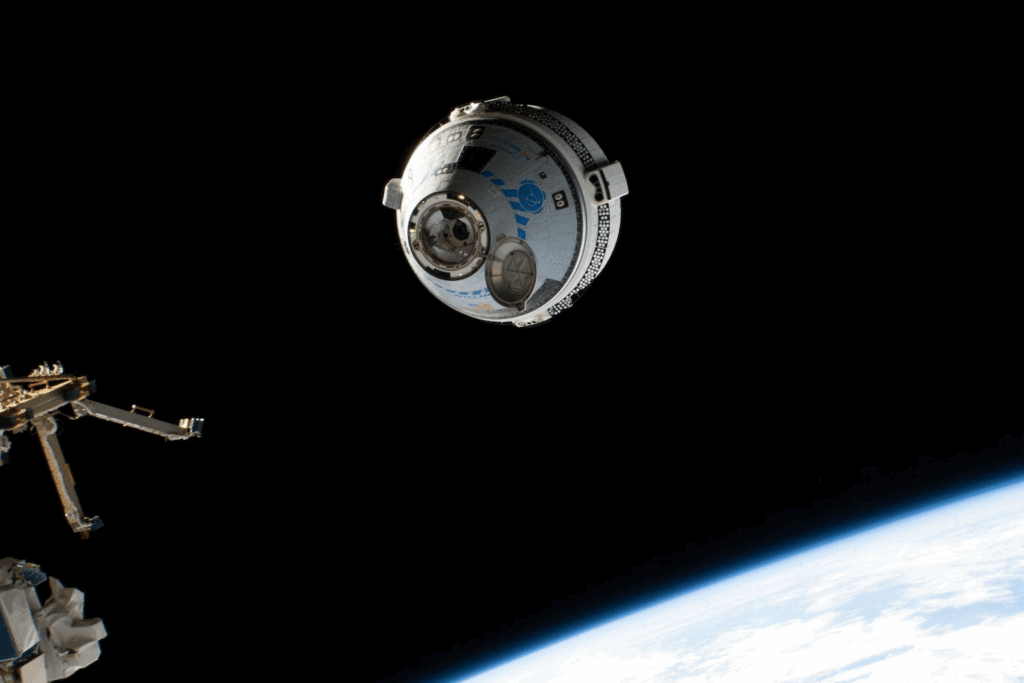 Starliner approaching the ISSBoeing’s Starliner spacecraft approaching the International Space Station. Image Credit: NASA
Starliner approaching the ISSBoeing’s Starliner spacecraft approaching the International Space Station. Image Credit: NASA
Docked for three months while NASA and Boeing deliberated, the decision was ultimately made to return the astronauts on SpaceX’s Dragon spacecraft, leaving Starliner to return uncrewed on September 6th. Boeing’s Starliner program, facing a $1.85 billion loss against a $4.2 billion contract, has yet to complete a successful operational mission, starkly contrasting with SpaceX’s nine successful crew deliveries to the ISS under the same 2014 NASA contract. The situation raises questions about the future of Boeing’s space program, particularly considering SpaceX’s rapid rise in the industry.
SpaceX’s Starship: A Giant Leap Forward
Two years ago, Elon Musk envisioned catching the largest rocket ever built mid-air using massive robotic arms. This seemingly audacious idea became reality on October 13th when SpaceX’s Starship achieved a historic test flight. The 400-foot-tall Mechazilla tower successfully caught the 232-foot Super Heavy booster as it descended, marking a significant step toward fully reusable rocket technology.
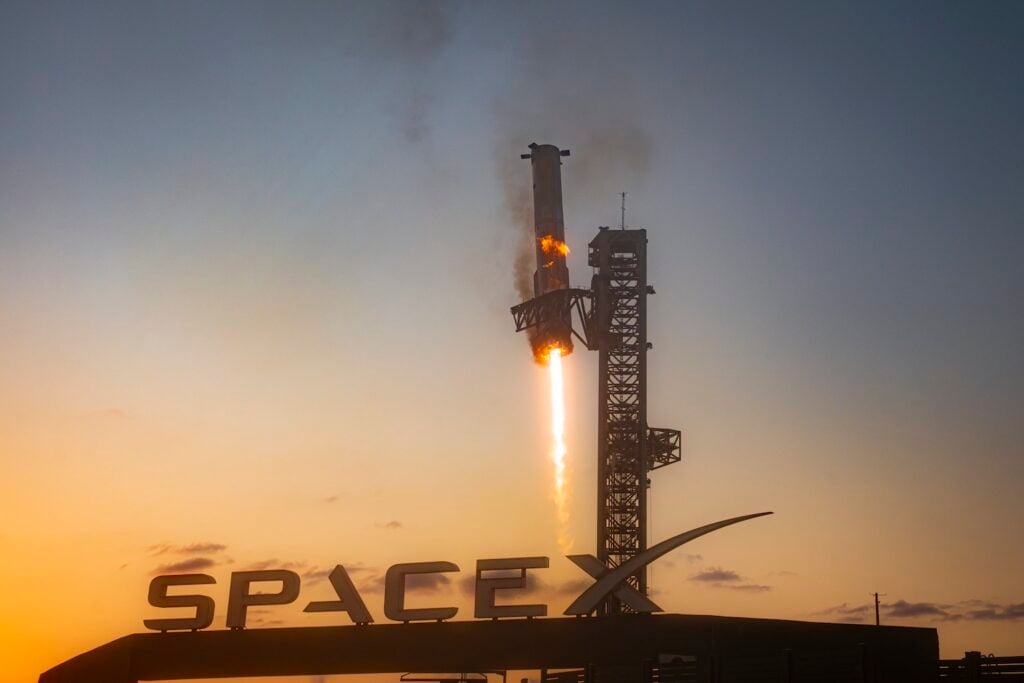 Starship Test Flight 5SpaceX’s Starship making history during its fifth test flight. Image Credit: SpaceX
Starship Test Flight 5SpaceX’s Starship making history during its fifth test flight. Image Credit: SpaceX
Starship’s journey has been marked by both progress and setbacks. From a self-destruct command during its April 2023 debut to in-flight destruction in November 2023, each test flight has provided valuable data. The March test flight saw successful stage separation and engine burns, while the June flight demonstrated resilience during reentry. SpaceX continues to refine Starship for its role in NASA’s Artemis missions, aiming to land astronauts on the Moon’s South Pole, as well as for future cargo missions to Earth orbit, the Moon, and Mars.
Polaris Dawn: Pushing the Boundaries of Private Spaceflight
Space tourism reached new heights in 2024 with the Polaris Dawn mission. On September 12th, this privately funded mission conducted the first commercial spacewalk, pushing the boundaries of commercial spaceflight.
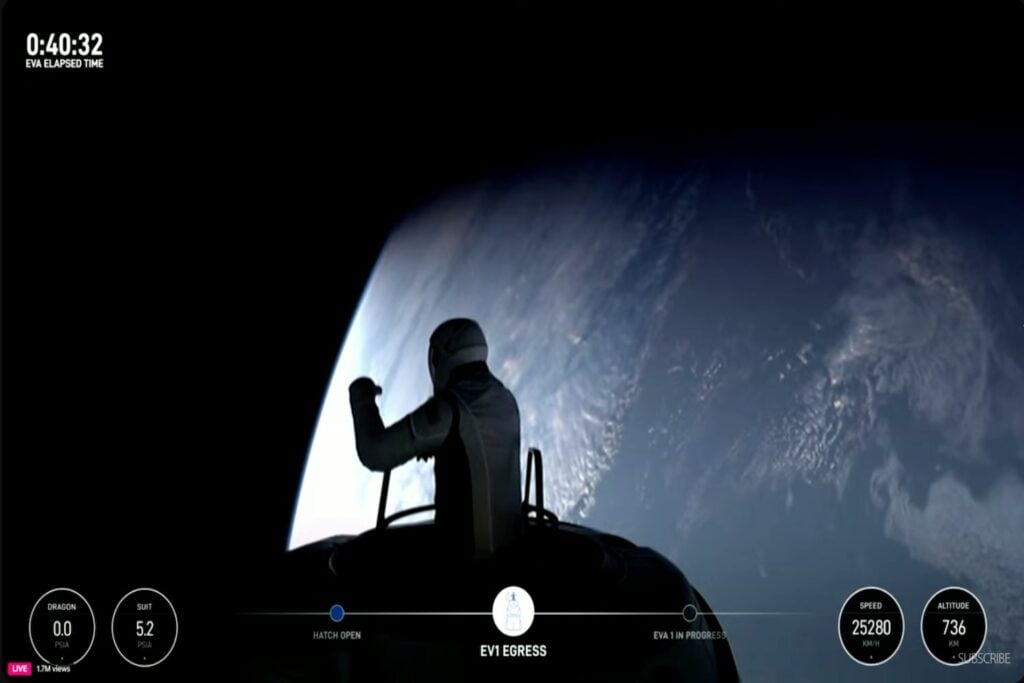 Polaris Dawn SpacewalkJared Isaacman emerging from the Dragon spacecraft during the Polaris Dawn spacewalk.
Polaris Dawn SpacewalkJared Isaacman emerging from the Dragon spacecraft during the Polaris Dawn spacewalk.
Led by Jared Isaacman, the mission set a new record for crewed Earth-orbit apogee, reaching 870 miles above Earth. Isaacman and SpaceX engineer Sarah Gillis tested new spacesuits during the spacewalk, contributing to the advancement of commercial space technologies. The five-day mission, part of a three-mission series purchased by Isaacman, also conducted over 30 research studies. With Isaacman potentially heading NASA, the future of his private space endeavors remains to be seen.
Lunar Landings: A Mixed Bag of Success and Failure
Intuitive Machines achieved a historic milestone in February, becoming the first private company to land on the Moon. The Odysseus lander delivered 12 payloads near the Malapert A crater at the Moon’s south pole.
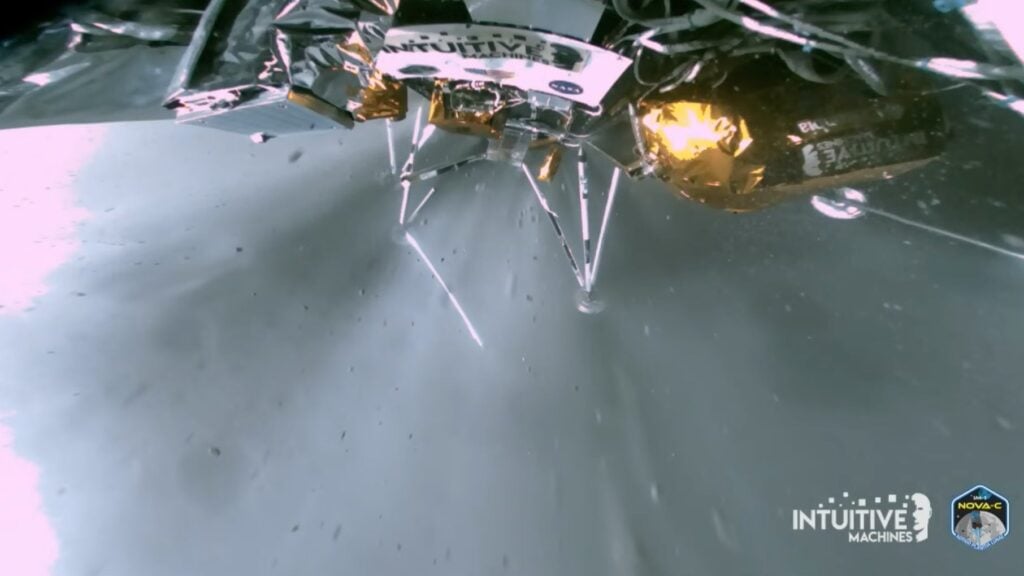 Odysseus Lunar LanderIntuitive Machines’ Odysseus lander on the Moon, February 22, 2024. Image Credit: Intuitive Machines
Odysseus Lunar LanderIntuitive Machines’ Odysseus lander on the Moon, February 22, 2024. Image Credit: Intuitive Machines
While successful in its primary mission, Odysseus encountered a navigation issue, resulting in a tilted landing position, limiting solar panel exposure. Conversely, Astrobotic’s Peregrine lander, launched in January with similar lunar ambitions, experienced a propellant leak, forcing the mission’s abandonment. Both missions were part of NASA’s Commercial Lunar Payload Services (CLPS) initiative, designed to foster private sector involvement in lunar exploration and pave the way for a sustainable human presence on the Moon.
The Private Sector: A Vital Partner in Space Exploration
The year highlighted the growing importance of private companies in supporting and advancing national space goals. Following delays and concerns about impacting other missions, NASA cancelled its $450 million VIPER rover mission. Intuitive Machines has since stepped in, exploring options to revive the mission. In another collaborative effort, NASA selected Rocket Lab to develop a cost-effective and expedited alternative to the Mars Sample Return mission.
2024 showcased the dynamic landscape of commercial spaceflight. While challenges remain, the private sector continues to demonstrate its potential to drive innovation and reshape the future of space exploration.



